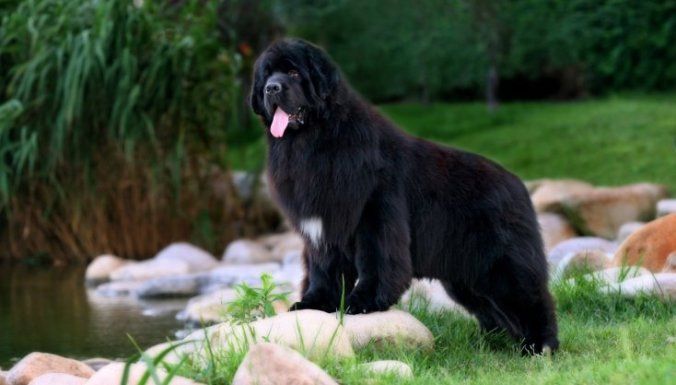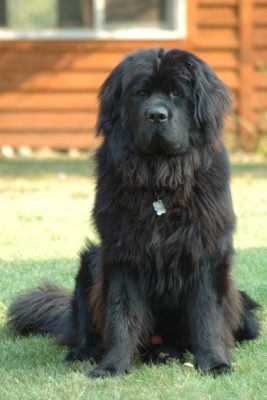Newfoundland
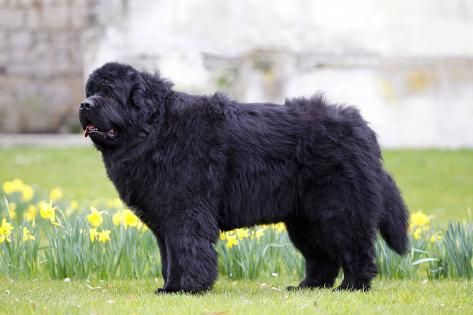
A dog of the Newfoundland breed will become your faithful friend and indispensable assistant. Not in vain, they are often called “divers”, because they are big enough and hardy enough to be able to pull a drowning person out of the water. Also, the pet can win any child’s heart, as it has a very patient character and is excellent with kids. Newf is a dog for the family.
Table of Contents
Breed Information
| Another Name | – |
| Origin | Island of Newfoundland, modern-day Canada |
| Height | Males 69-74 cm Females 63-69 cm |
| Weight | 45-70 kg |
| Fur | Long |
| Color | Black, black and white, brown |
| Lifespan | 8-10 years |
| FCI Classification | Pinscher and Schnauzer – Molossoid and Swiss Mountain and Cattledogs |
| Group | Dogs for children, dogs for protection (guard dogs) |
| Price | From $700 |
Breed Photos
Origin History
Among experts and researchers, there is still no consensus on the origin and formation of the species. The dogs are named after the island of Newfoundland, where they first appeared. At the time of its appearance, this territory belonged to the Indians, later the United States, and already in future Canada.
There are three versions, which feature different dogs that may have participated in the breed’s formation: crossing Viking dogs with mongrels or even wolves, crossing mastiffs, water dogs, and sheepdogs, which were brought from Europe in the 15-17 centuries. With their stamina, strength, and working qualities, Newfoundlands attracted visiting sailors. Therefore, the American Kennel Club classifies the Newfoundlander as a large Pyrenean dog brought to the island by Basque fishermen.
By the end of the 18th century, the English botanist Joseph Banks bought several dogs of this breed, and in 1775 the breed was given its official name by the figure George Cartwright. In 1879 the breed was registered with the American Kennel Club.
Dogs were also widely used by soldiers in World Wars I and II. However, this is why many dogs were lost, and Newfoundland was literally on the verge of extinction. Also, Canada imposed restrictions on keeping dogs, where each family was allowed to have one dog, for which they also had to pay a hefty tax. Then-Governor Harold McPherson admitted that the Newfoundland was his favorite dog breed and gave great assistance to breeders.
Appearance
Newfoundlands refer to long-haired giant dogs. The coat is thick, and the color is usually brown, black or black and white (white spots on the chest and paws are acceptable). Between the toes of the Newf is a webbing. The physique is powerful and massive, and the coordination of movements is precise. Large head with a square muzzle. The ears are triangular, rounded toward the end, hanging down. The paws are short, fluffy in length. Wide and muscular hips. The tail is down and slightly curved at the end.
Character
A dog of the Newfoundland breed will become your faithful friend and indispensable assistant. Not in vain, they are often called “divers”, because they are big enough and hardy enough to be able to pull a drowning person out of the water. Also, the pet can win any child’s heart, as it has a very patient character and is excellent with kids. Newf is a dog for the family. You will not find a better four-legged friend who will so willingly serve as a “babysitter” for your children, to entertain and protect them.
Newfoundland is brilliant and can act and make decisions quickly. It gets along well with both people and animals. Newfoundland is said to be devoid of any aggression. Looking at the dog and its behavior, you can say that it is a true do-gooder.
It is easy to understand that they can hardly bear the year’s heat because of their appearance and long hair. But thanks to the same features – feel great in the winter. The abundance of fur and massiveness of the Newfoundland breed is better to keep in your home.
Care
If you suddenly wanted to do knitting, a Newfoundland dog is a great way to do it. You will have to comb out your big furry friend about four times a week. Don’t forget to keep an eye and ears, wipe and clean them of dirt and deposits, as well as monitor their overall condition. Claws can be trimmed 2-3 times a month. Bathing a couple of times every few weeks will be enough.
Training
The Newf is a brilliant dog, and there should be no problems in training. Because of his compliant nature, the pet will try to do what you require of him. Newfoundland loves attention from his owner, and even more, he loves to be helpful. And so he will quickly learn any command to make you happy or to help you. But don’t ask for everything all at once: teach and learn commands one at a time.
Common Diseases
Even such a hardy dog suffers from a tendency to certain diseases, among them:
- gastric torsion (bloating of the stomach);
- addison’s disease – chronic insufficiency of the adrenal cortex;
- cataract;
- cherry eye;
- hereditary diseases: hip dysplasia, elbow dysplasia, cystinuria;
- hypothyroidism;
- subclavian aortic stenosis;
- epilepsy.
Nutrition
Because of their size, it is not surprising that Newfoundlands eat well. It would help if you fed your dog consistently and did not react in any way to attempts to beg for more food so that you don’t have any problems with being overweight. Ensure your dog has free access to water at all times, especially in the summer when he will be thirsty.
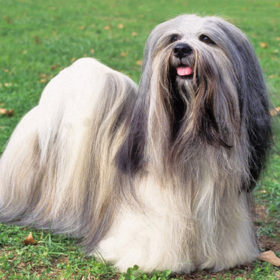 Lhasa Apso
Lhasa Apso Weimaraner
Weimaraner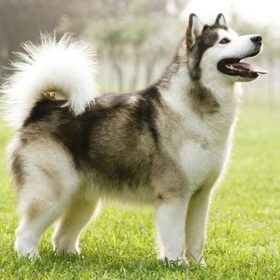 Alaskan Malamute
Alaskan Malamute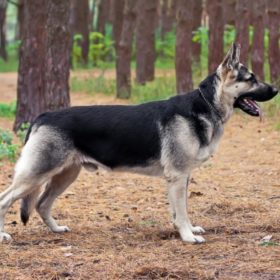 East European Shepherd
East European Shepherd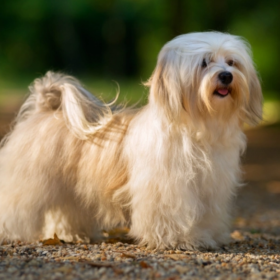 Havanese
Havanese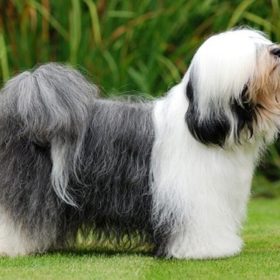 Tibetan Terrier
Tibetan Terrier
